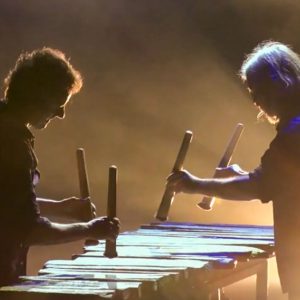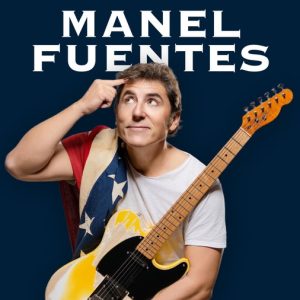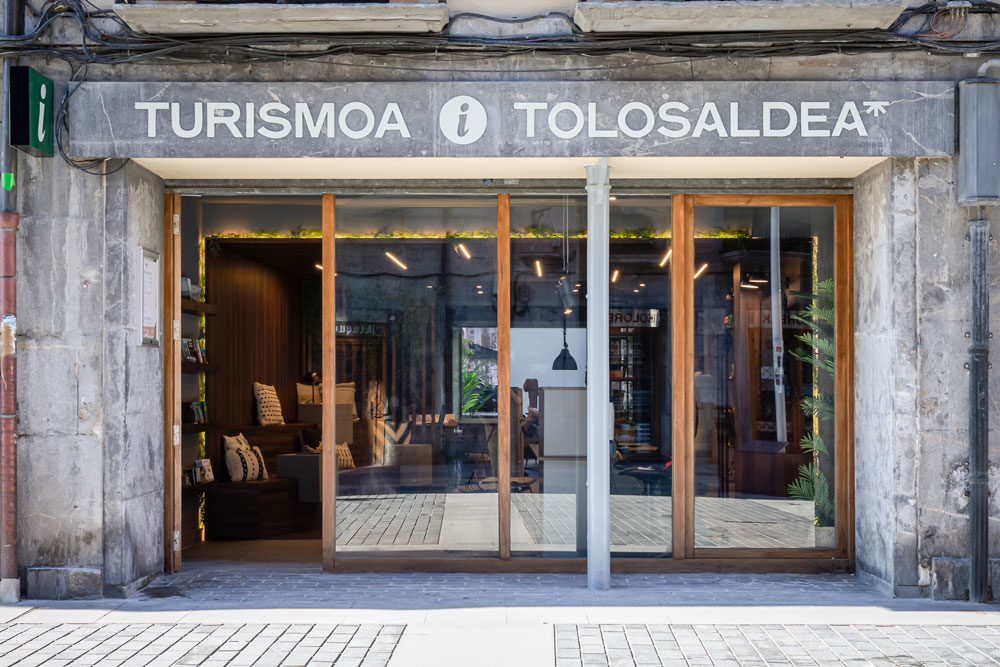
← Back to the full schedule
Gipuzkoa. Izanetik izena 1025-2025
Altzo | Exhibition
12
April
-
31
October
5.000 / 5.000
The exhibition, located in the Church of Salvador de Olazabal in Altzo, commemorates the millennium of the name Gipuzkoa and offers a historical and artistic journey that explores the evolution of the territory’s cultural identity over the centuries through the work of 15 Gipuzkoan artists. Each artist sought to show, from their perspective, what Gipuzkoa means to them.
The exhibition “Gipuzkoa. Izanetik izena 1025-2025” will be open to the public in the Church of San Salvador in Altzo from April 12 to October 31, with free admission. Guided tours and complementary activities will be offered to bring the content to a diverse audience, encouraging reflection and dialogue around Gipuzkoan identity.
The exhibition will be open Saturdays and Sundays from 11:00 a.m. to 1:00 p.m. and from 5:00 p.m. to 8:00 p.m. However, groups or individuals wishing to visit outside of these hours can make a request through the Altzo City Council website.
PARTICIPATING ARTISTS
Elena Arrese: A multidisciplinary Basque artist who works across a variety of disciplines, including painting, sculpture, and drawing. Her work is charged with emotion, volume, and vibrant colors, always seeking a dialogue with the viewer. She has collaborated with some of the most representative artists of Basque art and has exhibited her work in various countries, including Korea, the United States, Mexico, Greece, Turkey, and France. Her work reflects a deep relationship with nature and humanity, and in her participation in the exhibition, she pays tribute to the people who built Gipuzkoa with murals and figures.
Elena Cajaraville: With an extensive career in contemporary textile art, Elena has worked on various projects that combine nature and art. Her work “Ipuscoa,” a reinterpretation of the Gipuzkoa coat of arms in textile art, seeks to represent the unity and historical values of the region through textile art, using techniques that combine color, geometry, and the tradition of weaving.
Natalia Cambronero Nieto: A multidisciplinary artist who explores themes such as soul memory, karma, and the collective unconscious. Her work “Shöka,” an abstract textile art installation, seeks to reflect on how inherited memories condition our identity, drawing parallels between the history of Gipuzkoa and the collective unconscious. Her work is a meditation on historical roots and how past traumas influence the present.
Maria Jesús Cueto: With a PhD in Fine Arts, her work falls within the field of contemporary sculpture. She has developed interdisciplinary projects that involve active viewer participation and collaboration with other artists. The exhibition features a scale model of a sculpture that reflects on the memory and identity of Gipuzkoa through the modulation and use of color, representing the complexity and difference in the region’s cultural landscape.
Nisa Goiburu: A multidisciplinary visual artist, Nisa has explored themes such as nature, women, and memory in her work. Her work is a visual poetry that uses diverse materials to convey complex narratives. In the exhibition, his work “I AM HERE, I CAN FLY!” addresses the duality of human existence, exploring the connection between good and evil, heaven and earth, through a deeply reflective and spiritual approach.
Anton Mendizabal: With a career that began in the 1970s, Anton Mendizabal has worked on themes such as mythology, ethnography, and Basque pelota, through sculptures that explore the relationship between the ancestral and the contemporary. His work is present in public spaces in various locations, both within and outside Gipuzkoa.
Ángel Navas: This artist is inspired by the ancient forms and symbols of our culture to reflect on the connection between human beings and nature, questioning the foundations of our current society. His work encompasses sculpture, performance, and photography, and has been featured in both local and international exhibitions.
Julia Otxoa: Poet, storyteller, and visual artist, Julia Otxoa has received several awards, including the 2024 Euskadi Prize for Literature in Spanish. Her work has focused on gender equality and respect for the environment, using digital collage to express her ideals about Gipuzkoa and its values.
Ramón Ruiz Cabestany: A trained ceramist, Ruiz Cabestany has been creating pieces for over four decades that explore the connection between Gipuzkoa’s past and present, in a journey through time that invites us to reflect on our identity.
Iñaki Ruiz de Egino: Sculptor, painter, and writer, Iñaki Ruiz de Egino is one of the most prominent international geometric and neo-concrete artists. His work symbolizes light, shadow, and sound, offering a reflection on the evolution of Gipuzkoa through time and space.
Ricardo Ugarte de Zubiarrain: A sculptor linked to the Basque School of Sculpture, Ugarte has worked alongside great masters such as Oteiza and Chillida. His work “Huecos habitables para un milenio” (Habitable Hollows for a Millennium) reflects his desire to celebrate coexistence based on human values and nature.
Iker Valle: With a body of work that explores the relationship between humans and their natural environment, Iker Valle creates pieces that evoke the mystique of the forest, in homage to the discovery of the word “Ipuscua,” which appears for the first time in a historical document in Gipuzkoa.
Pablo Zuriarrain: Born on the slopes of Aiako Harria, Zuriarrain has dedicated his life to sculpture, creating unique pieces in materials such as wood, stone, and metal. His work reflects the elegance of nature and the respect he feels for it, connecting human emotions with the natural world.
Web











